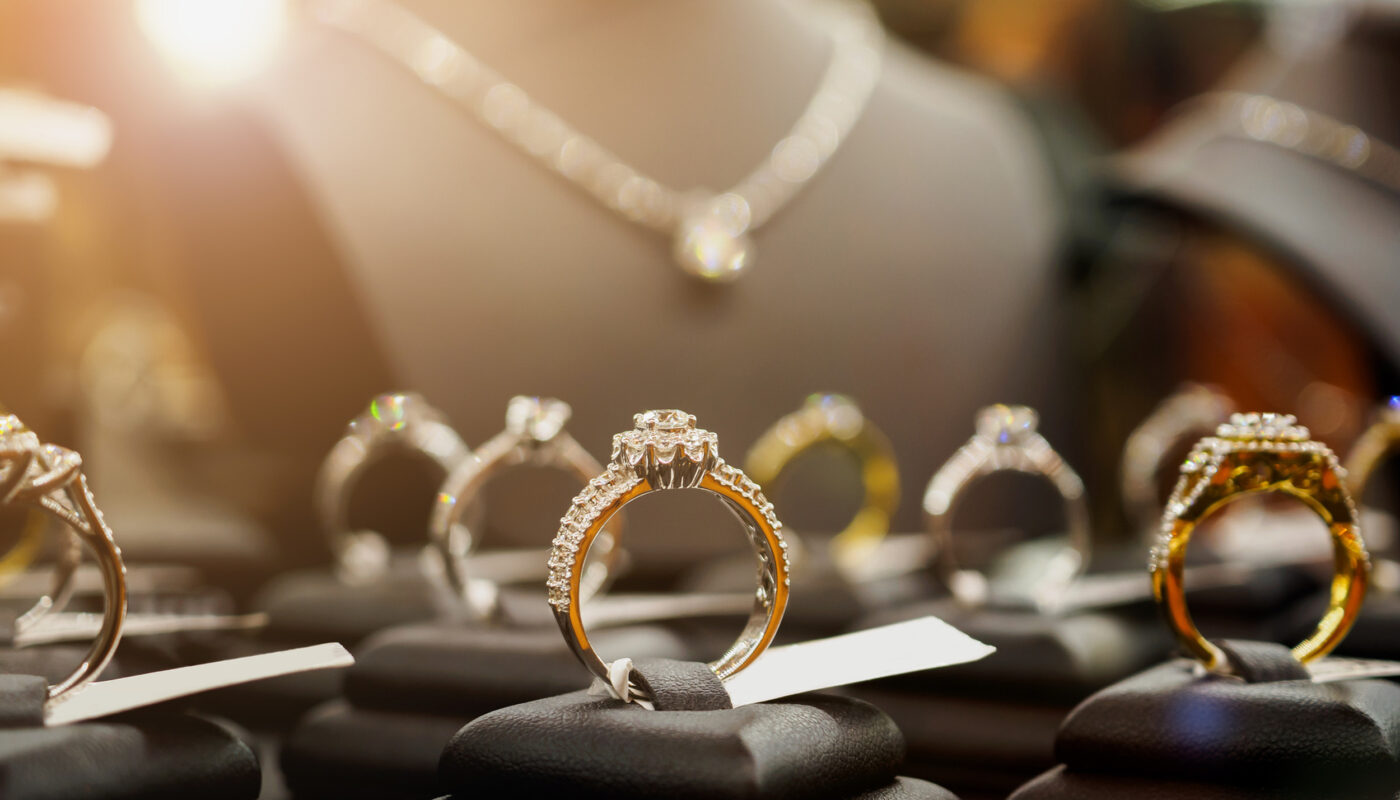Luxury jewelry includes diamonds, precious gemstones, gold and silver products that are sold at premium prices. Key products in the luxury jewelry market include necklaces, rings, earrings, bracelets and pendants. Luxury jewelry is becoming more popular as a status symbol and used to celebrate special occasions such as weddings, anniversaries and promotions. Rising affinity of millennials toward designer and branded luxury jewelry is expected to drive the market during the forecast period.
The global luxury jewelry market is estimated to be valued at US$ 68.82 Bn in 2023 and is expected to exhibit a CAGR of 3.9% over the forecast period 2023 to 2030, as highlighted in a new report published by Coherent Market Insights.
Market Dynamics:
Increase in disposable income: Rise in disposable income levels have enabled consumers to spend more on luxury goods rather than necessity goods. According to Statista, global disposable personal income was estimated to be $41.8 trillion in 2020 and is expected to grow at a moderate rate through 2030. This increase in disposable income is encouraging the sales of luxury jewelry.
Another driver is advancements in technology: Emerging technologies such as 3D printing, CAD modeling and laser cutting have enabled luxury jewelry manufacturers to design intricate and detailed pieces in less time. The adoption of these technologies has lowered production costs as well and helped in expanding profit margins. For instance, Silvertech 3D developed an additive manufacturing solution to produce silver jewelry at mass scales through its patented technology. These advancements in technology are expected to drive market growth during the forecast period.
Segment Analysis
The luxury jewelry market can be segmented into necklaces, rings, earrings, bracelets, and others. The rings segment dominates the market and accounts for around 35% share. Rings are considered a symbol of commitment and status. Various types of rings made of precious metals and gemstones are high in demand for engagement and wedding purposes.
PEST Analysis
Political: The mining of precious metals and gems is regulated. Various policies support the manufacturing and export of jewelry.
Economic: The market is driven by the rising disposable incomes and growing luxury spending, especially in developing economies.
Social: Luxury jewelry is seen as a symbol of social status. Changing fashion trends also boost the demand for latest designs.
Technological: Digital marketing, luxury e-commerce websites, and social selling platforms help expand the reach of jewelry brands. 3D printing offers opportunities for mass customization.
Key Takeaways
The Global Luxury Jewelry Market Size is expected to witness high growth supported by the expanding middle-class population and increasing spending on luxury and prestige goods. The global luxury jewelry market is estimated to be valued at US$ 68.82 Bn in 2023 and is expected to exhibit a CAGR of 3.9% over the forecast period 2023 to 2030.
The Asia Pacific region dominates the market due to the large population and rapid economic growth in countries like China and India.
Key players operating in the luxury jewelry market are 911 Resue, SIJ Resources International, and Swarovski. Regional analysis focuses on Asia Pacific as the fastest growing region with China and India emerging as major luxury goods consumers. Key players analysis briefly focuses on the listed key players operating in the market.
*Note:
1. Source: Coherent Market Insights, Public sources, Desk research
2. We have leveraged AI tools to mine information and compile it



